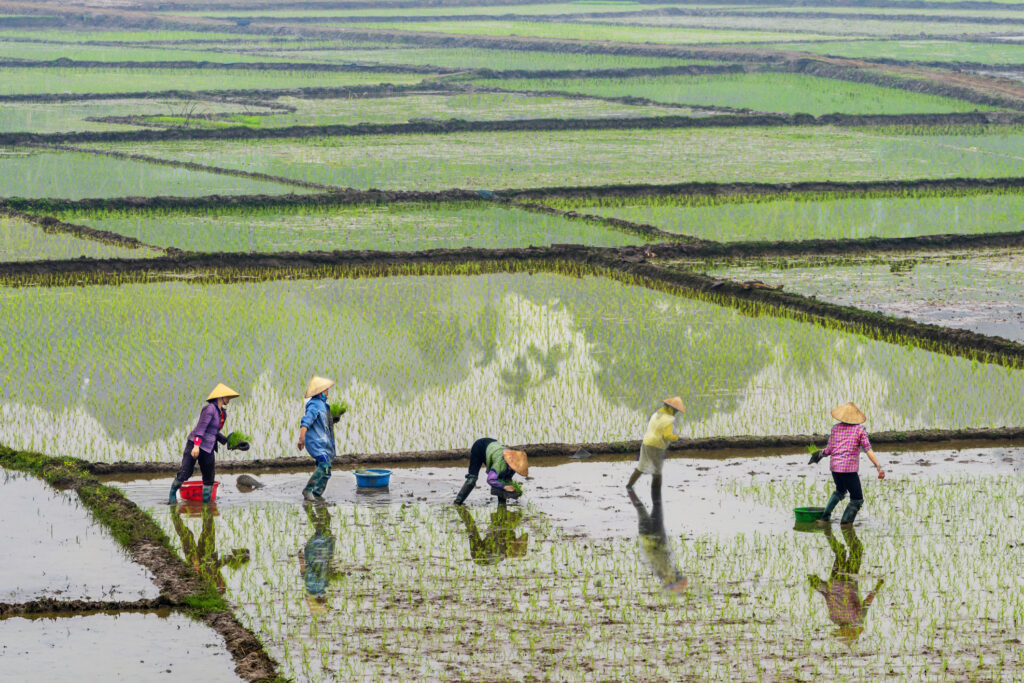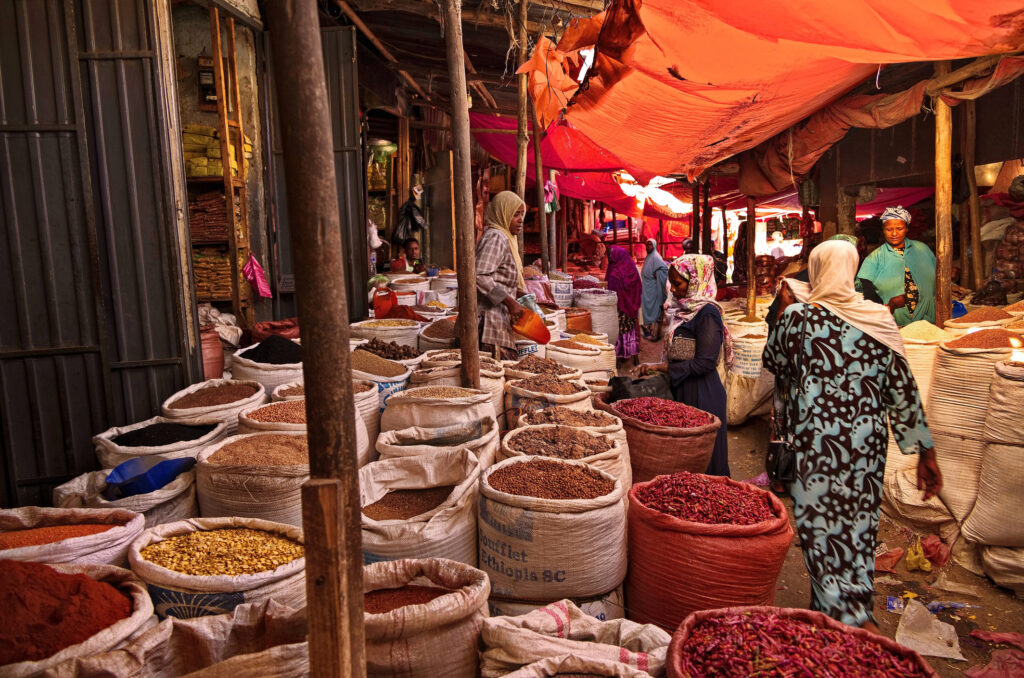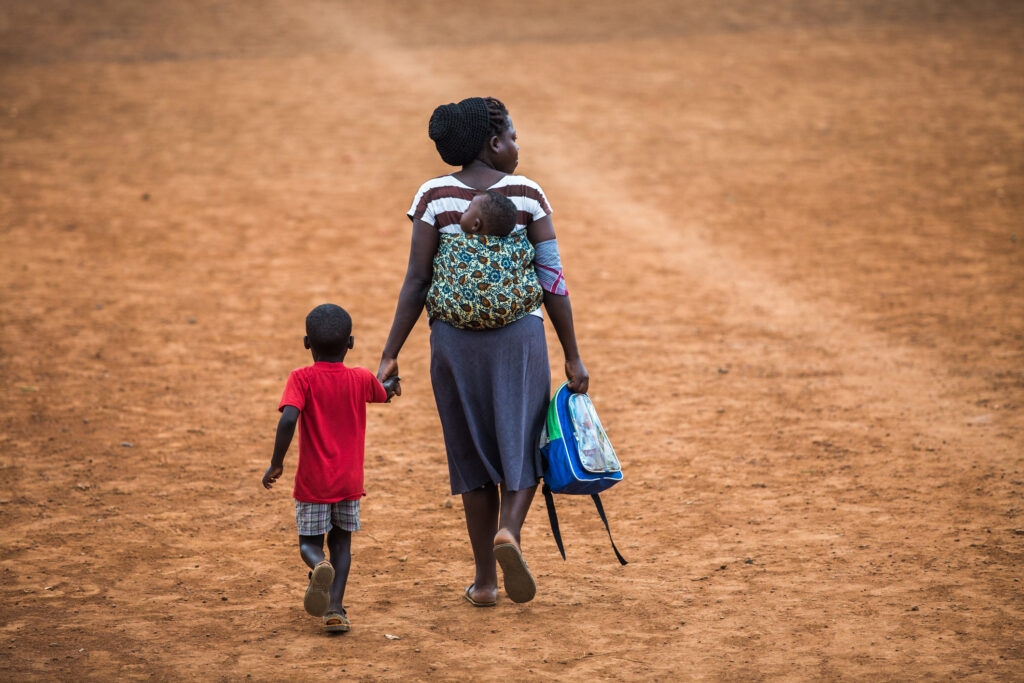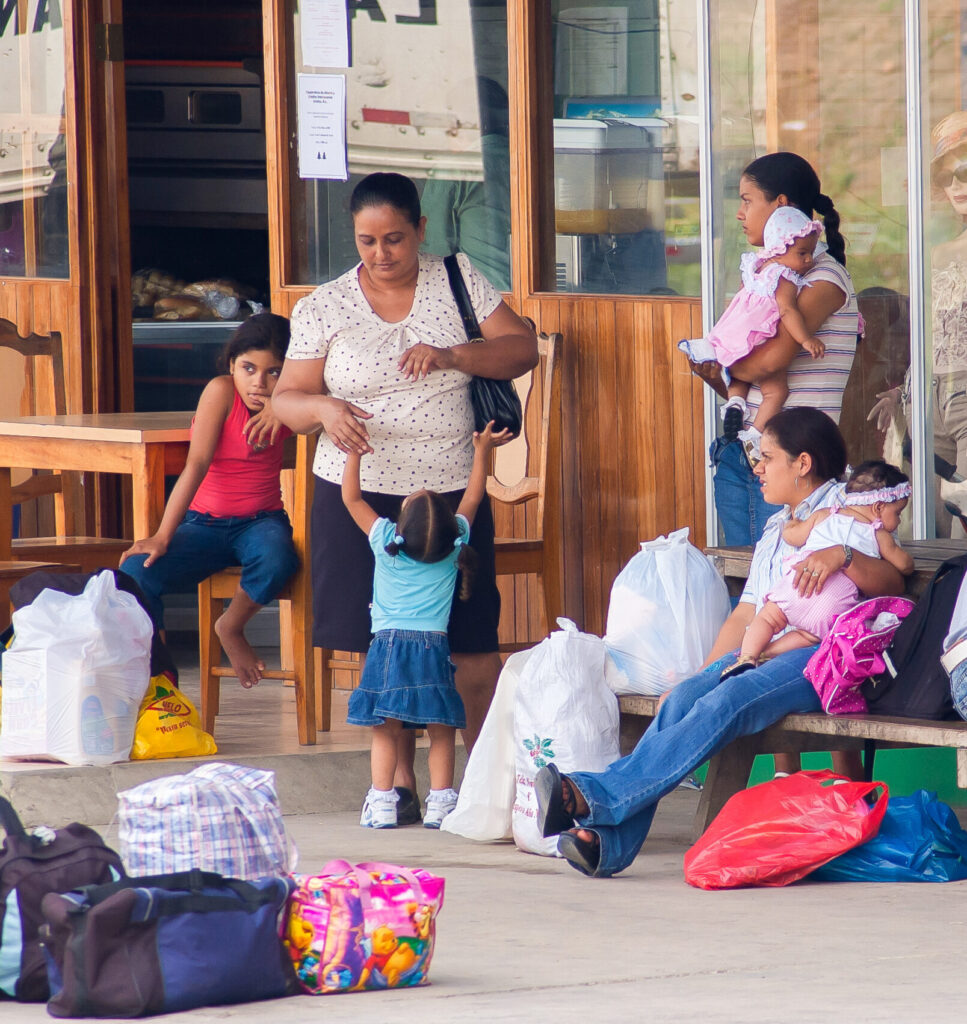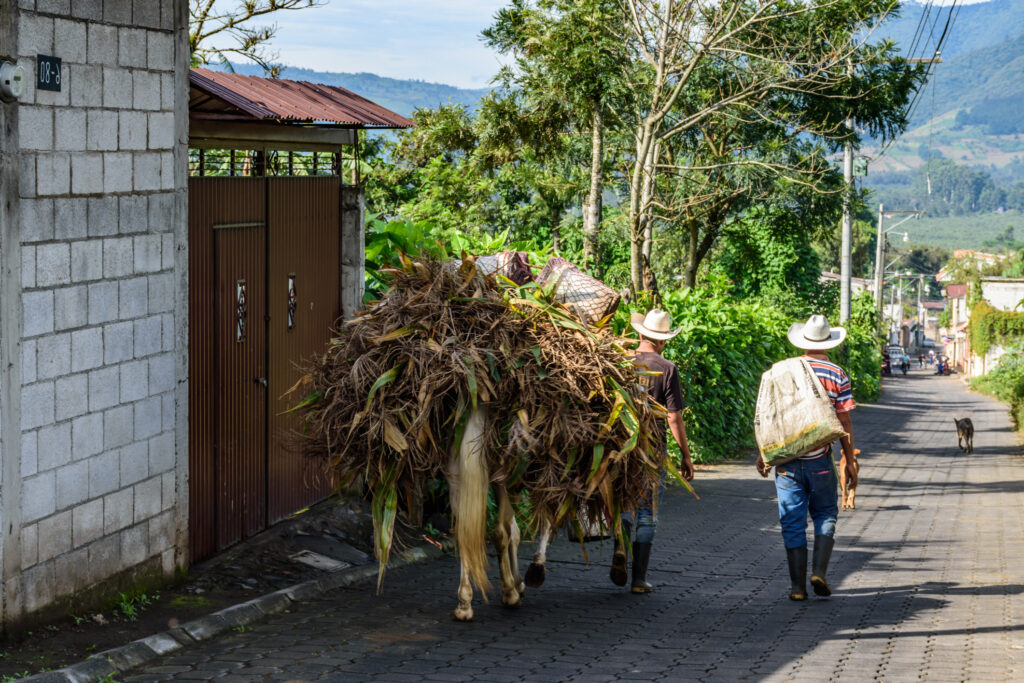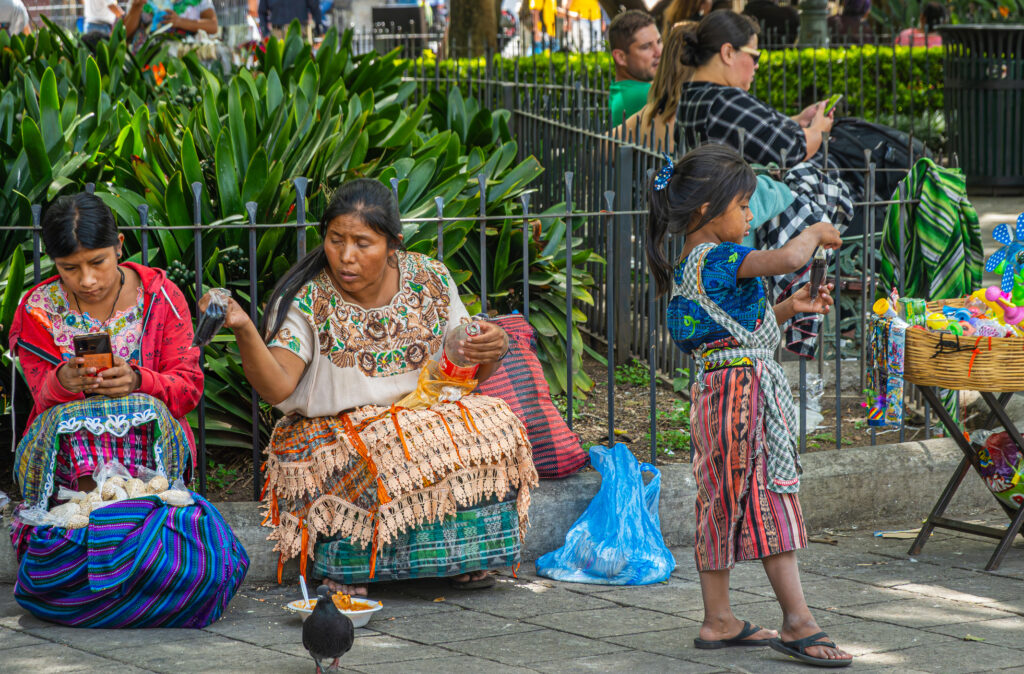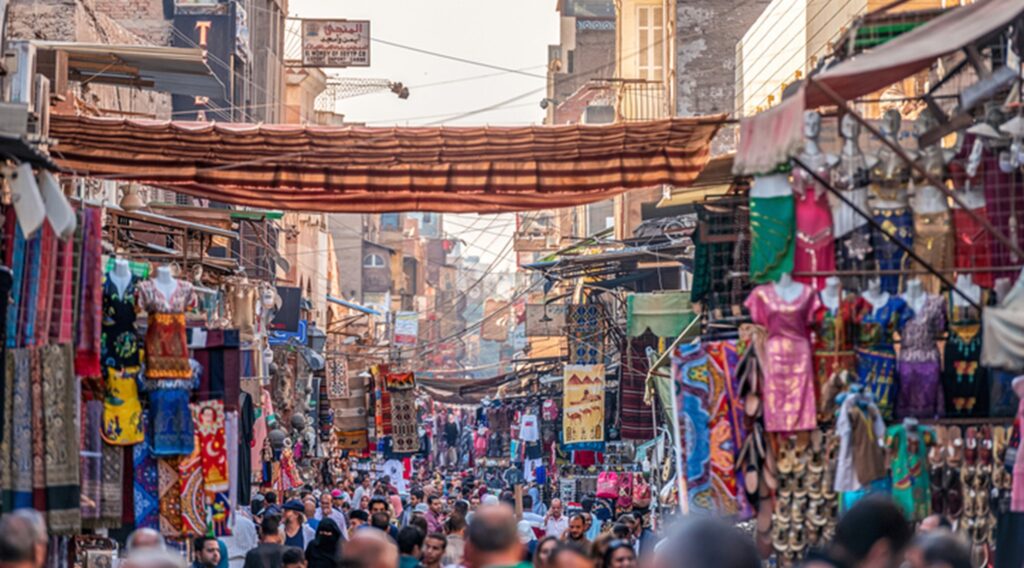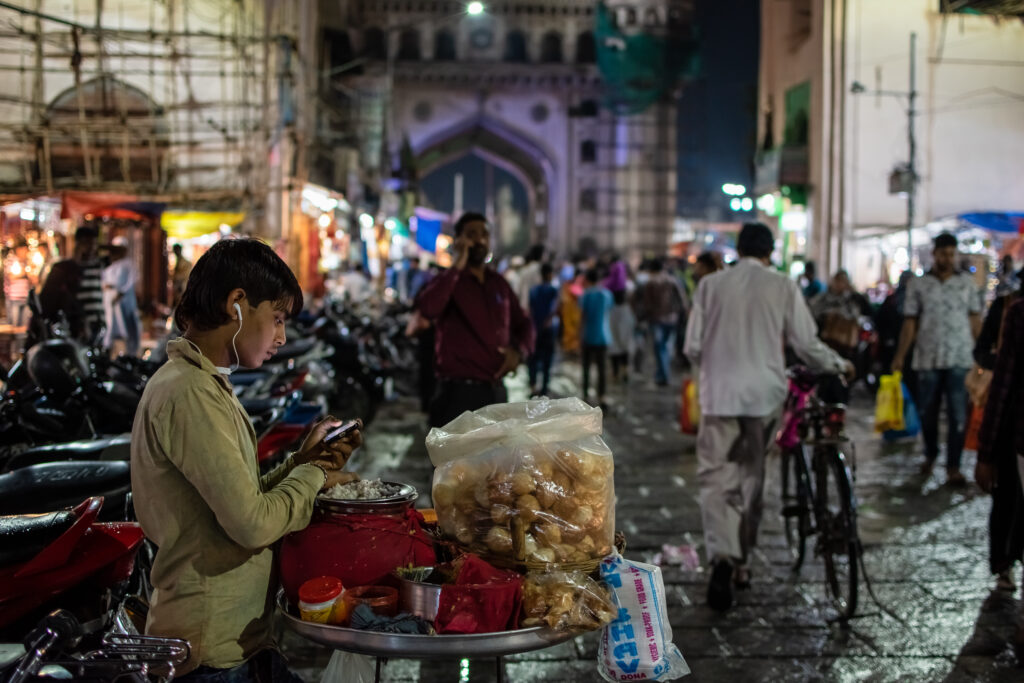The Financial Inclusion 2020 campaign at the Center for Financial Inclusion at Accion is building a movement toward full financial inclusion by 2020. This blog series spotlights financial inclusion efforts around the globe, shares insights from the FI2020 consultative process and highlights findings from “Mapping the Invisible Market.”
Excerpts from a conversation between Susy Cheston, Center for Financial Inclusion, and Larry Reed, Director of the Microcredit Summit Campaign. Susy writes:
Hi Larry,
Visa hosted a terrific webinar to launch the Financial Inclusion 2020 campaign a couple of weeks ago, and we promised to answer some of the questions we didn’t get to in our blog. Number one question: What’s the difference between microfinance and financial inclusion? I thought I would take a stab at that one, after having started in “microenterprise development” in 1991, progressed to “microcredit” in the mid-90’s, then “microfinance” in the late 90’s, and now heading up the Financial Inclusion 2020 campaign. I’ve always thought that “microfinance” is the heart and soul of “financial inclusion,” as microfinance pioneered a transformative vision of reaching poor people who had previously been excluded from financial services. Yet that original vision has now exploded with at least five “P’s”:
- New products beyond the original enterprise credit, to encompass all forms of credit, savings, insurance, and payments
- New populations, both upmarket and downmarket of the populations traditionally reached by microfinance, and including new groups microfinance has largely ignored, such as persons with disabilities and the elderly
- New platforms, using digital technologies to connect with people at more times and places
- New providers—not just traditional microfinance institutions, but a range of private and not-for-profit providers, with governments kicking in some helpful impetus through G2P transfers
- All facilitated by new policies.
The easiest thing to say is that microfinance covers a certain segment of the excluded market with targeted products, while financial inclusion looks at everyone who is excluded and the full range of services they need.
The Center for Financial Inclusion defines financial inclusion as: A state in which everyone who can use them has access to a full suite of quality financial services, provided at affordable prices, in a convenient manner, with respect and dignity. Financial services are delivered by a range of providers, in a stable, competitive market to financially capable clients.
Yet I know this doesn’t capture the origins of microfinance in enterprise and community development and a holistic vision of fighting poverty. So help me out here. As head of the Microcredit Summit Campaign, how would you describe the difference?
Thanks for lunch,
Susy
Larry writes:
Thanks, Susy.
The answer to your question depends on what you see as the heart of microfinance. I recently had a discussion with David Roodman about this in his blog post about our State of the Campaign Report. Roodman described the spirit of microfinance as “delivering useful financial services to tens of millions of people in a businesslike way.” I described it, at least as it was envisioned by those who started its modern incarnation, as “providing financial services in a way that helps people move themselves out of poverty.” That original spirit contained an end objective that went beyond delivering services in a business-like way.
The difference between financial inclusion and microfinance depends on which of these definitions you use. If we use Roodman’s definition, then there is a lot of overlap between microfinance and financial inclusion, with the key difference being that financial inclusion focuses on a very broad range of services and providers, while microfinance focuses only on a targeted range of each.
But if you take my definition, then the key difference is the end objective. Financial inclusion seeks to make sure that everyone has access to useful financial tools, while microfinance wants to make sure that the use of those tools leads to positive benefits for those living in poverty. Under this definition, microfinance links in with other development needs, like health, education, housing, and access to markets. It is concerned to see how the delivery of financial services can help clients address other aspects of their lives that keep them trapped in poverty.
Cheers,
Larry
Susy writes:
Larry, thanks for this. I care about the quality of financial inclusion—making sure products really help people meet their needs—and I hope that access to quality financial services does, in fact, help people with health, education, housing, etc. One of the things that first attracted me to microfinance and microenterprise development was giving clients the tools to take charge of their own development, and I certainly think that is also true of financial inclusion.
The other issue is scale. I think highly of intimate, holistic microfinance programs that go beyond finance—I used to run one! Yet part of what attracts me to Financial Inclusion 2020 is how big the vision is: If anyone is still excluded, we have not attained “full financial inclusion.” That means David’s “tens of millions” definition becomes a great starting point, but the vision of “full inclusion” becomes much bigger than that. Of course, we then have to remind ourselves of the “quality” part of the definition, so that this heady vision of scale doesn’t result in exploitative services and overheated markets that end up harming the clients.
Best,
Susy
Larry writes:
Susy, I am finding this discussion very helpful in laying out both differences and points of convergence. One of those points of convergence is scale. I think it is time to get beyond the tired old notion that holistic programs must be small and insignificant in scale. Some of the largest microfinance programs in the world link the provision of financial services to other development needs while reaching millions of clients. If you look at the MIX data, there is really no correlation between breadth of activities and scale. You can be big and holistic and you can be small and focused, or vice versa.
I do think we have a scale question beyond this that the financial inclusion work is addressing, which is “How do we go beyond thinking about millions of people served by one institution, or hundreds of millions reached by MFIs, to thinking about making sure everyone in the world is included?” Even here I think we need to bring the spirit of microfinance, as I’ve described it, to bear. If we look to include all, and at the same time do it in a way that makes sure that the poor have products and services that help them move out of poverty (beyond quality to actual results), then we end up developing synergies between financial institutions, government transfer payments, mobile platforms, and other development providers. This is the sort of financial inclusion that I get excited about.
Cheers,
Larry
To see what CGAP has to say on this subject, click here.
Larry Reed is the director of the Microcredit Summit Campaign. He has worked for more than 25 years in designing, supporting and leading activities and organizations that empower poor people to transform their lives and their communities. For most of that time Reed worked with Opportunity International, including five years as their Africa Regional Director and eight years as the first CEO of the Opportunity International Network. Reed has taught at the Boulder Institute of Microfinance for 15 years, served as the chair of the SEEP Network, and consulted with industry-wide initiatives like the Smart Campaign for Client Protection and MicroFinance Transparency.
Susy Cheston is a consultant in financial inclusion and financial wellness. She focuses on building strategies and partnerships to advance customer-centered innovations on behalf of those who have been excluded, in the U.S. and emerging markets. Her recent publications include “The Business of Financial Inclusion: Insights from Banks in Emerging Markets” and “Financial Inclusion and Pension Inclusion: Lessons Learned on Access, Usage and Financial Capability,” a chapter co-authored with Elisabeth Rhyne in Saving the Next Billion from Old Age Poverty: Global Lessons for Local Action.
